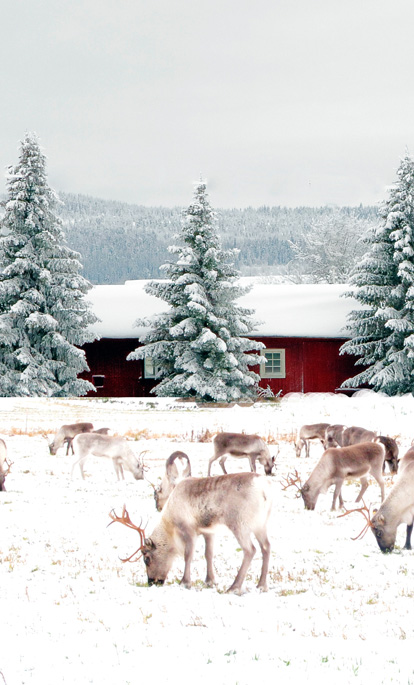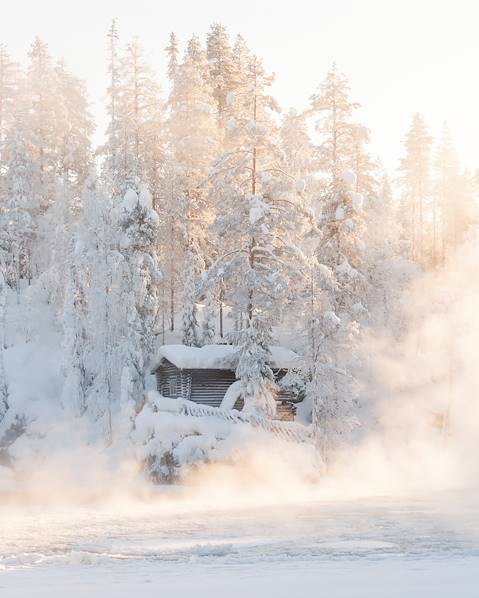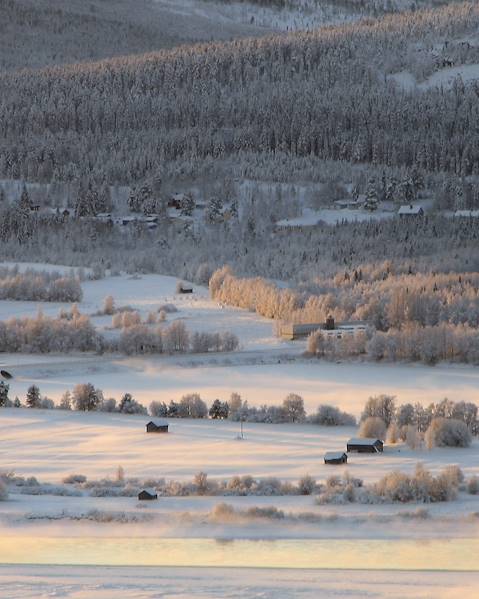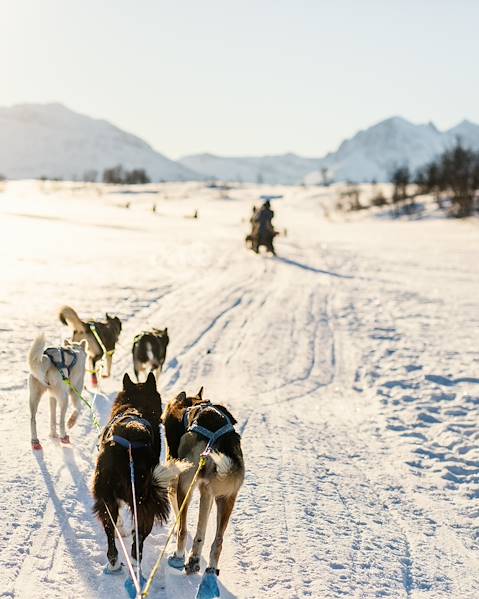Discover the magical tranquillity of Finland with a trip to this stunning country that sits in the heart of Scandinavia’s forest-covered landscapes. Immerse yourself in local culture and tradition or discover the array of wildlife that can be found in Finland on a reindeer safari or a dog sled through the thick snow that coats this spectacular country all winter. Read on for some of our favourite things to do in Finland…
Learn to Mush in Finnish Lapland
Take your Lapland experience to a whole new level by learning how to mush in Finnish Lapland with a former championship musher.
Take the reins on an exclusive mushing trail in Finnish Lapland where you can soak up the Nordic forests’ solitude and beauty solely to yourselves with one of the best long-distance mushers in Finland. And, as this experience is for over-16's only, you'll be guaranteed some peace and quiet with only the pounding of the pups' paws and the swishing of the sled to disturb the silence. Spend your evenings resting and relaxing in the sauna and outdoor Jacuzzi at the adult only Beana Laponia for the ultimate mushing-in-Lapland Big Short Break.
Meet Father Christmas
Across the Arctic Circle, deep in the Lapland Region, nestled in the village of Rovaniemi is the home of the famous Father Christmas (or 'Joulupukki' in Finnish). In a warm and cosy hut that smells of freshly baked gingerbread biscuit, a big, bearded Santa Claus welcomes all visitors, young or old, naughty or nice. Tell him all your Christmas wishes, sing carols and even pet a reindeer or two.
Dog Sledding
For a thrilling and exciting adventure to discover the breath-taking arctic scenery of Finland, a husky safari is a great choice. Quickly learn how to steer the loveable blue-eyed dogs who are eagerly waiting to draw your sleigh into the wild landscapes of Lapland. Choose a day safari to discover the frozen landscape gleaming in the sun, or an overnight one to chase the otherworldly Aurora Borealis (Northern Lights).
Reindeer Safari
Immerse yourself in the great outdoors on an unforgettable reindeer safari - the oldest means of transport in the north - where a local reindeer herder will lead your sleigh in pursuit of the majestic Northern Lights. On route, discover and connect with the colourful culture of the indigenous Sami people, visit reindeer farms and enjoy the pristine white scenery of Lapland.
















